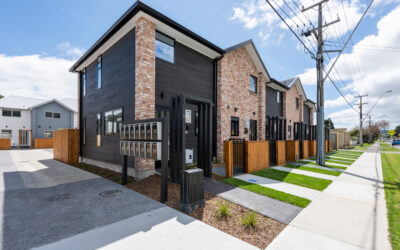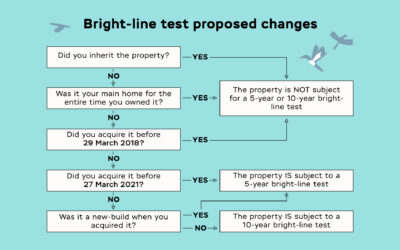Broken whiteware in your in your Investment Property? When should you repair and when should you upgrade to a new unit?
Knowledge Blog
Honesty: The Most Important Feature Of A Property Listing
So, you want potential tenants to come and view your property. You might think that the best way to do this is to...
Video Testimonial – Jasmine
As a first-time property investor and landlord, Jasmine wanted to make sure that her property was in good hands.
Our five day turn around to fill three neighbouring properties!
How’s this for a good news story? Three property owners handed over their keys to Copo on Monday… and by Friday all...
Why Is Long Term Property Maintenance The Best Approach?
At Copo, we prioritise long term property maintenance instead of only addressing issues when they become urgent....
Brand new houses fail the Healthy Homes Standards? What hope do we have!
By now, we’re sure you are very aware of the Healthy Homes Standards. To quickly recap, they are a series of...
What Does a Fully Compliant Rental Property Look Like?
If we showed you five photos of five different houses. Would you know which ones complied with New Zealand tenancy...
How Does the Bright-line Test Affect You?
Click here for source If you’re not going to live in the property you own, are you better off renting it out or...
Tenancy Legislation – Can I Move Back into My Investment Property?
How does a landlord end a tenancy now that the “90-day no reason end of tenancy option” has been removed? Some of the...








